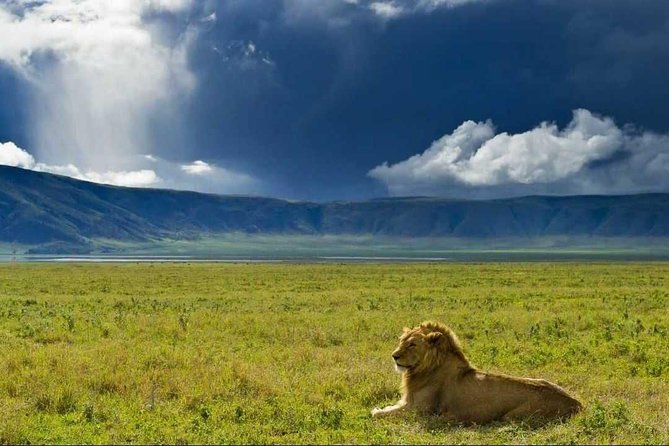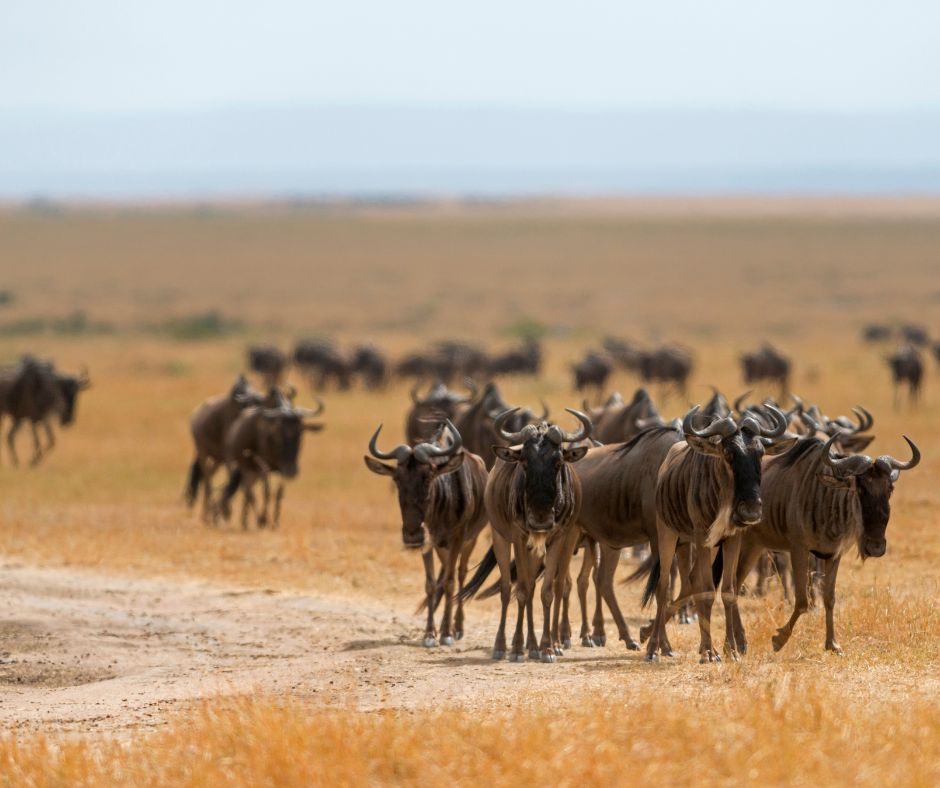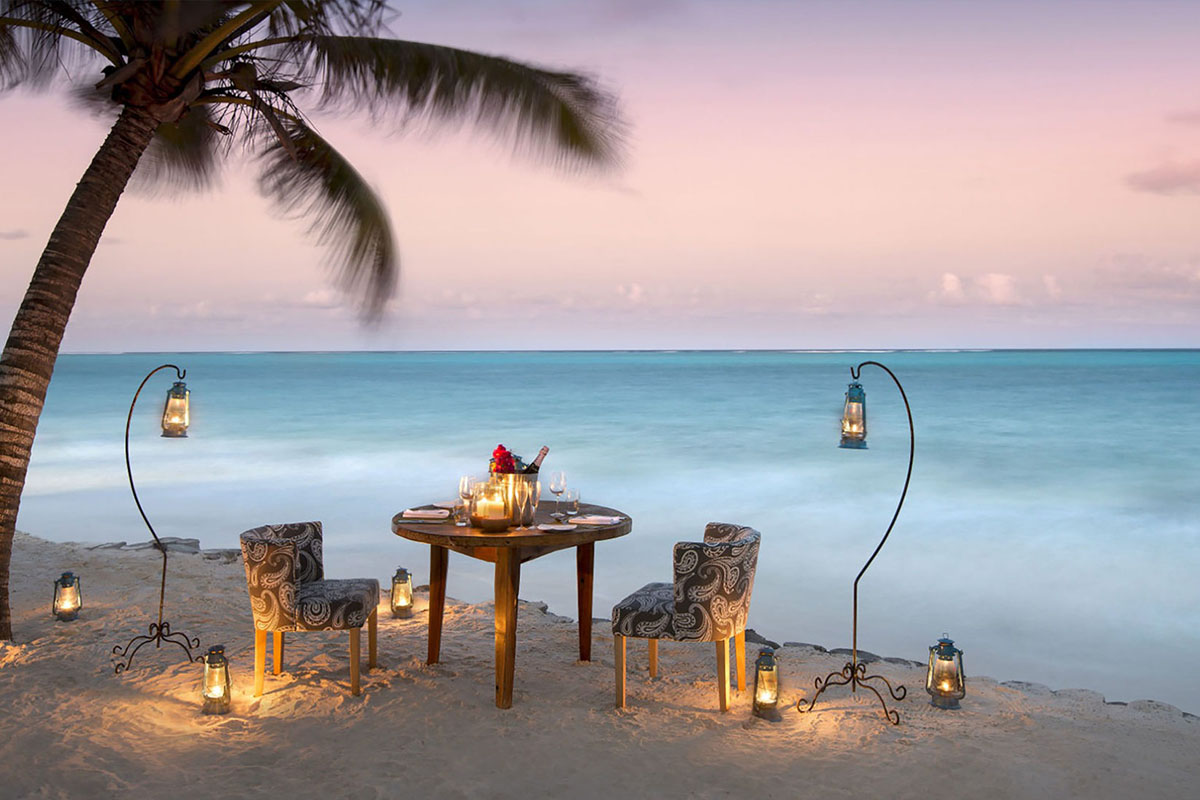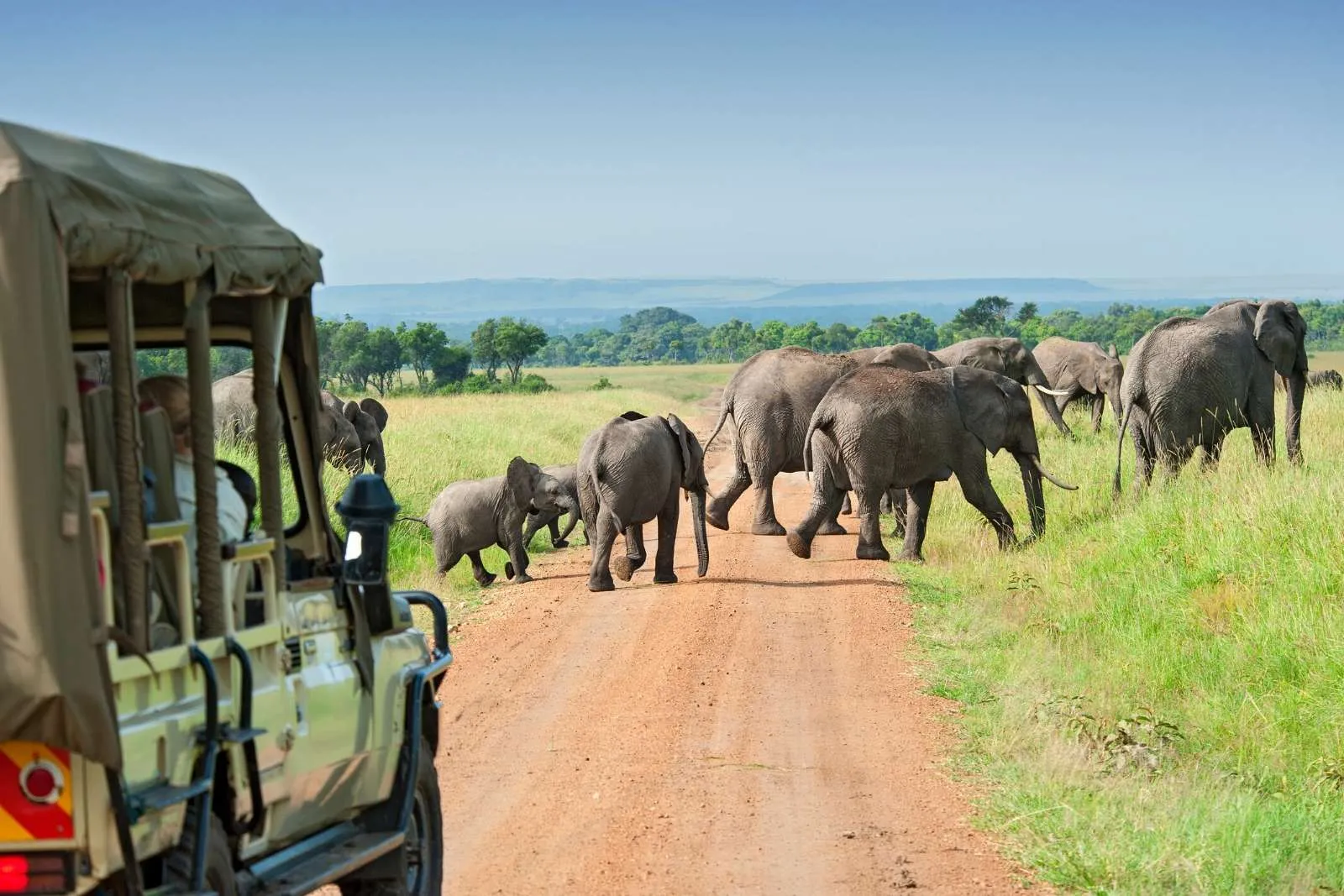Ngorongoro Crater, often referred to as the “Eighth Wonder of the World,” is one of Tanzania’s most remarkable natural attractions. Located in the Ngorongoro Conservation Area in the northern highlands of Tanzania, this UNESCO World Heritage Site is a massive volcanic caldera that is home to an incredible variety of wildlife. Its rich ecosystems, stunning landscapes, and abundant wildlife make it a must-visit destination for anyone seeking to experience Africa’s natural beauty. Here’s everything you need to know about Ngorongoro Crater:
Location and Size
- Location: Ngorongoro Crater is located about 190 kilometers (120 miles) west of Arusha in northern Tanzania. The crater is part of the Ngorongoro Conservation Area, which also includes the Olduvai Gorge and Serengeti National Park.
- Size: The crater is approximately 20 kilometers (12 miles) in diameter, with a depth of about 610 meters (2,000 feet). The entire caldera spans roughly 260 square kilometers (100 square miles), making it the largest unbroken caldera in the world.
History and Establishment
- Formation: Ngorongoro Crater was formed millions of years ago when a massive volcano erupted and collapsed in on itself, creating a giant caldera. Over time, this caldera has evolved into a rich and fertile ecosystem, supporting a diverse range of wildlife.
- Establishment: The Ngorongoro Conservation Area was established in 1959 to protect the crater’s unique ecosystems while also preserving the cultural heritage of the indigenous Maasai people who live in the region.
Landscape and Terrain
- Topography: The Ngorongoro Crater is surrounded by steep, forested walls, which give way to an expansive, lush floor that is dotted with lakes, wetlands, and grassy plains. The crater’s floor is largely flat, with a variety of habitats that include savannahs, forests, and wetlands.
- Rivers and Watering Holes: The crater is home to several small lakes, including Lake Magadi, a soda lake that attracts flamingos, and Lake Ndutu, which is often visited by migratory herds during the Great Migration. Numerous watering holes throughout the crater attract wildlife throughout the year, especially during the dry season.
- Climate: The climate of Ngorongoro is temperate, with cooler temperatures at higher elevations and warmer conditions at the crater floor. Rainfall is fairly consistent throughout the year, making the area lush and green, especially during the rainy seasons (March-May and November-December).
Wildlife
Ngorongoro Crater is famous for its dense population of wildlife, often considered one of the best places in Africa for viewing the Big Five and a wide range of other animals in their natural habitat.
- The Big Five: Ngorongoro Crater is home to all of the Big Five – elephants, lions, leopards, buffaloes, and rhinos. The crater’s floor is especially known for its significant population of black rhinos, which are rare in other parts of Tanzania.
- Other Wildlife: In addition to the Big Five, the crater is home to a wide array of species, including cheetahs, hyenas, giraffes, zebras, wildebeests, gazelles, and wildebeests. The endangered wild dog can also occasionally be spotted.
- Birdlife: Ngorongoro is a birdwatcher’s paradise, with over 500 species of birds recorded. Common sightings include flamingos around the lakes, eagles, vultures, and various waterfowl.
- Migration: The crater is also part of the larger Serengeti ecosystem, and during certain times of the year, it may see migrating herds of wildebeests, zebras, and gazelles, especially as part of the Great Migration.
Attractions
- Ngorongoro Crater Floor: The primary attraction of the area is the crater itself, where game drives offer the opportunity to see a vast array of wildlife. Visitors can witness large herds of elephants, lions resting in the grasslands, and even rare sightings of rhinos.
- Lake Magadi: A small, alkaline lake on the crater floor, Lake Magadi attracts flamingos and other water birds. It’s a stunning sight, especially when the lake is full and the birds create a beautiful contrast against the surrounding landscape.
- Ngorongoro Crater Rim: The edge of the crater provides panoramic views of the vast caldera below. Visitors can enjoy spectacular scenery and the opportunity to spot wildlife on the crater floor from above.
- Olduvai Gorge: Just outside the conservation area, Olduvai Gorge is one of the most important archaeological sites in the world, often referred to as the “Cradle of Mankind.” The gorge is home to some of the earliest human fossils, making it a fascinating visit for history enthusiasts.
Activities
- Game Drives: The most popular activity in Ngorongoro Crater is game viewing. Visitors can explore the crater floor on a guided or self-drive safari, witnessing an abundance of wildlife in one of the most concentrated areas in Africa.
- Birdwatching: The crater’s diverse habitats make it an excellent destination for birdwatching, especially near its lakes and wetlands.
- Cultural Visits: The Ngorongoro Conservation Area is home to the Maasai people, and visitors can arrange cultural tours to learn about the Maasai’s traditional way of life and their relationship with the land.
- Crater Rim Walks: For a unique experience, visitors can take a walk along the crater rim, guided by an expert, to appreciate the stunning views and surrounding nature.
Accommodation
There are several accommodations available within and around Ngorongoro Crater, ranging from luxury lodges to more affordable options:
- Luxury Lodges: Ngorongoro Crater Lodge and &Beyond Ngorongoro Crater Lodge offer luxury accommodations with incredible views of the crater floor and world-class amenities.
- Mid-Range Lodges: Ngorongoro Serena Safari Lodge and Sopa Lodge offer comfortable accommodations with beautiful views of the crater.
- Camping: For those who prefer a more rustic experience, there are several campsites within the conservation area, including Public Campsites and Ngorongoro Simba Campsite.
How to Get There
- By Road: Ngorongoro Crater is accessible by road from Arusha, a 3-hour drive, or from Serengeti National Park, which takes about 4-5 hours. The park is well-connected to other northern Tanzania destinations.
- By Air: The nearest airport to Ngorongoro is Arusha Airport, which has flights from Kilimanjaro International Airport and other major Tanzanian airports. From there, visitors can be transferred by road to the crater.
Best Time to Visit
- Dry Season (June to October): The best time to visit Ngorongoro Crater is during the dry season when wildlife is more concentrated around water sources, making it easier to spot animals. This is also when the weather is cooler, and the game drives are most enjoyable.
- Rainy Season (November to May): While the crater is still accessible during the rainy season, the roads can be slippery and wildlife may be more dispersed. However, the landscape is lush and green, and birdwatching is particularly rewarding.
Conservation and Challenges
Ngorongoro Crater faces challenges related to human-wildlife conflict, as the indigenous Maasai people coexist with the park’s wildlife. Additionally, the area has experienced pressure from tourism, though significant conservation efforts are in place to ensure the protection of the park’s biodiversity and the Maasai culture. Efforts to reduce poaching and maintain the delicate balance between conservation and local livelihoods are ongoing.
Conclusion
Ngorongoro Crater offers a once-in-a-lifetime safari experience, with its stunning scenery, abundant wildlife, and rich cultural heritage. Whether you are here to witness the dramatic beauty of the caldera, track the Big Five, or learn about the fascinating Maasai culture, Ngorongoro is a destination that provides something for everyone. It’s a true African treasure that promises unforgettable memories, making it a must-see for any safari enthusiast.








